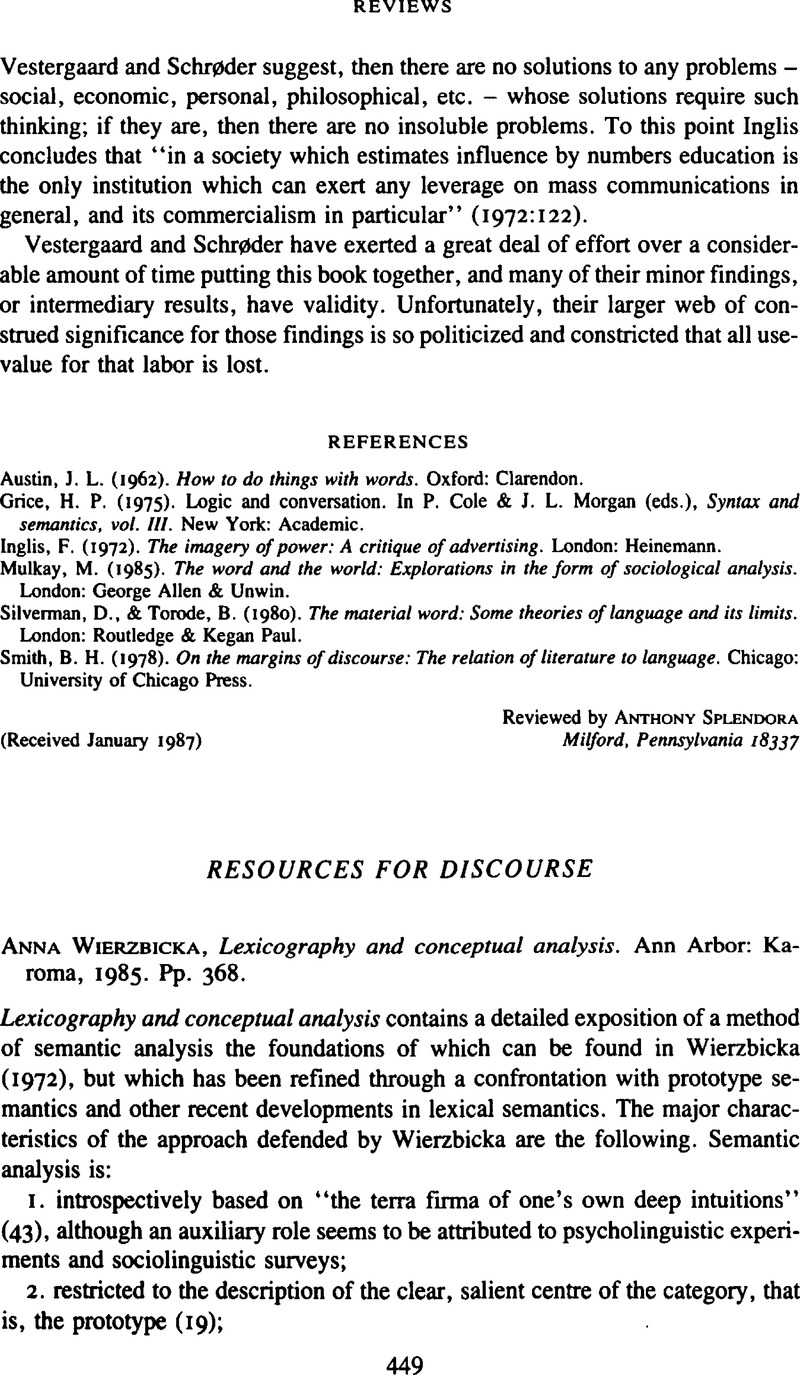Crossref Citations
This article has been cited by the following publications. This list is generated based on data provided by Crossref.
Geeraerts, Dirk
1993.
Conceptualizations and Mental Processing in Language.
p.
53.
Geeraerts, Dirk
2016.
Perspective și probleme ale teoriei prototipului.
Diacronia,
Geeraerts, Dirk
2016.
Prospects and problems of prototype theory.
Diacronia,



